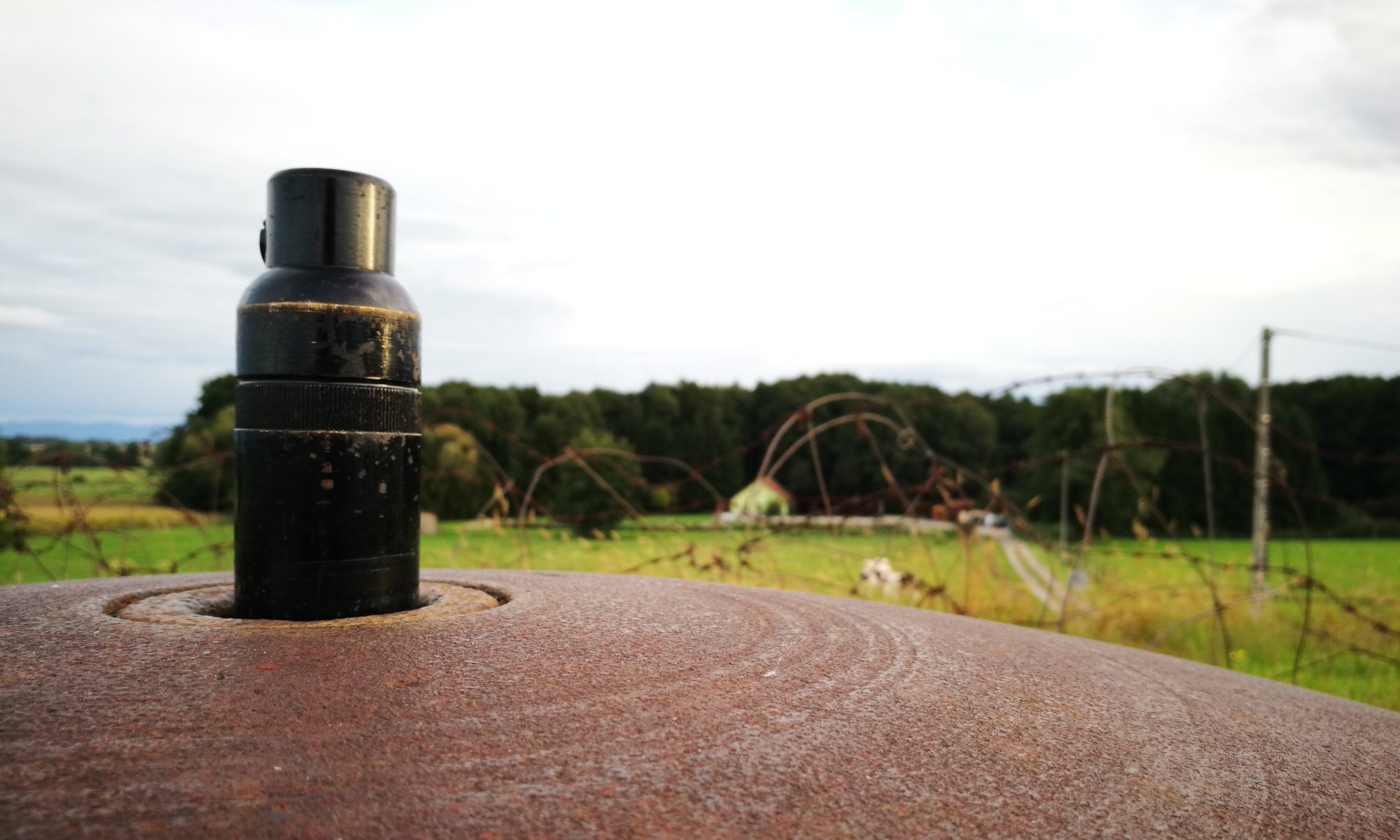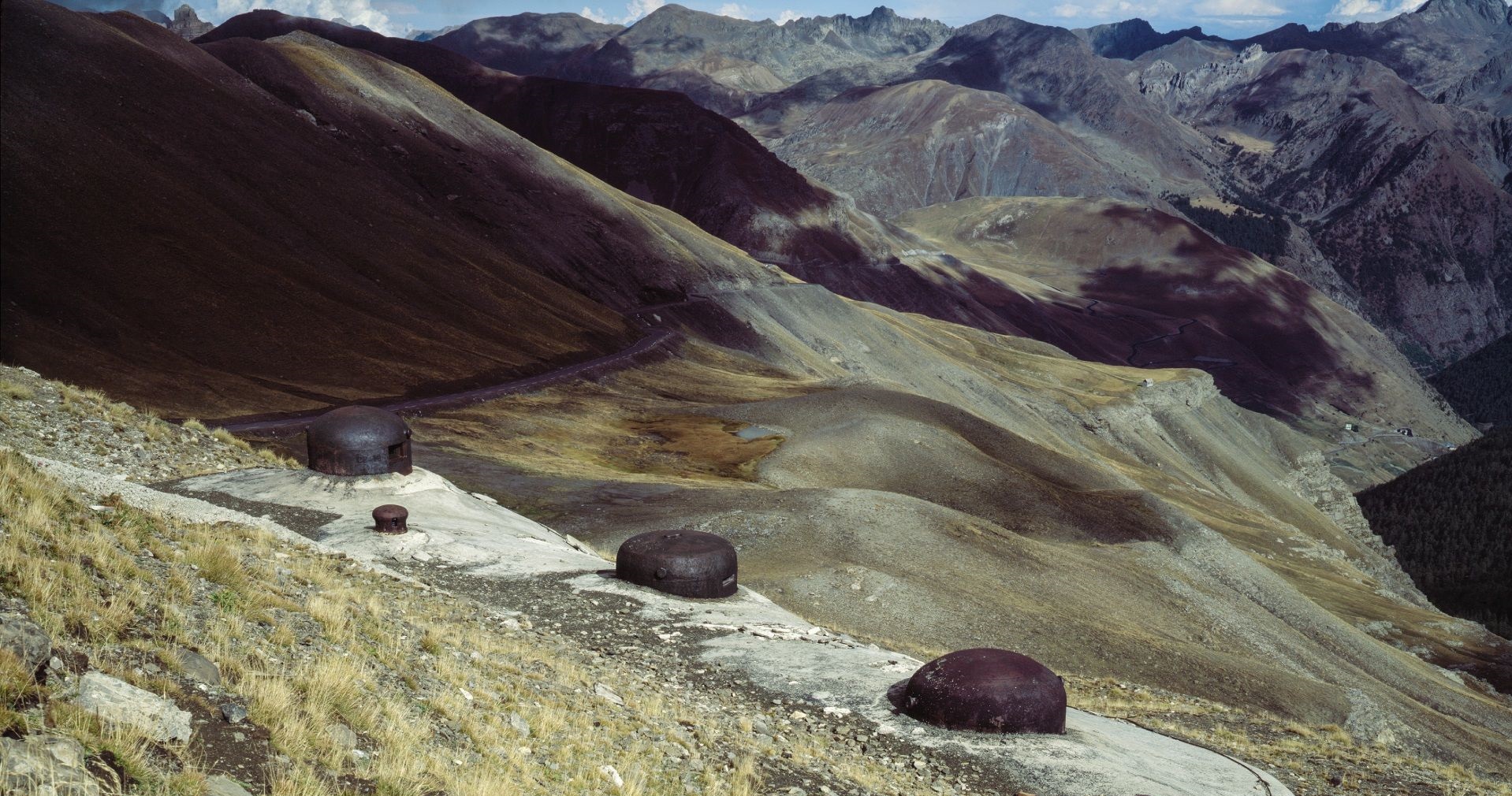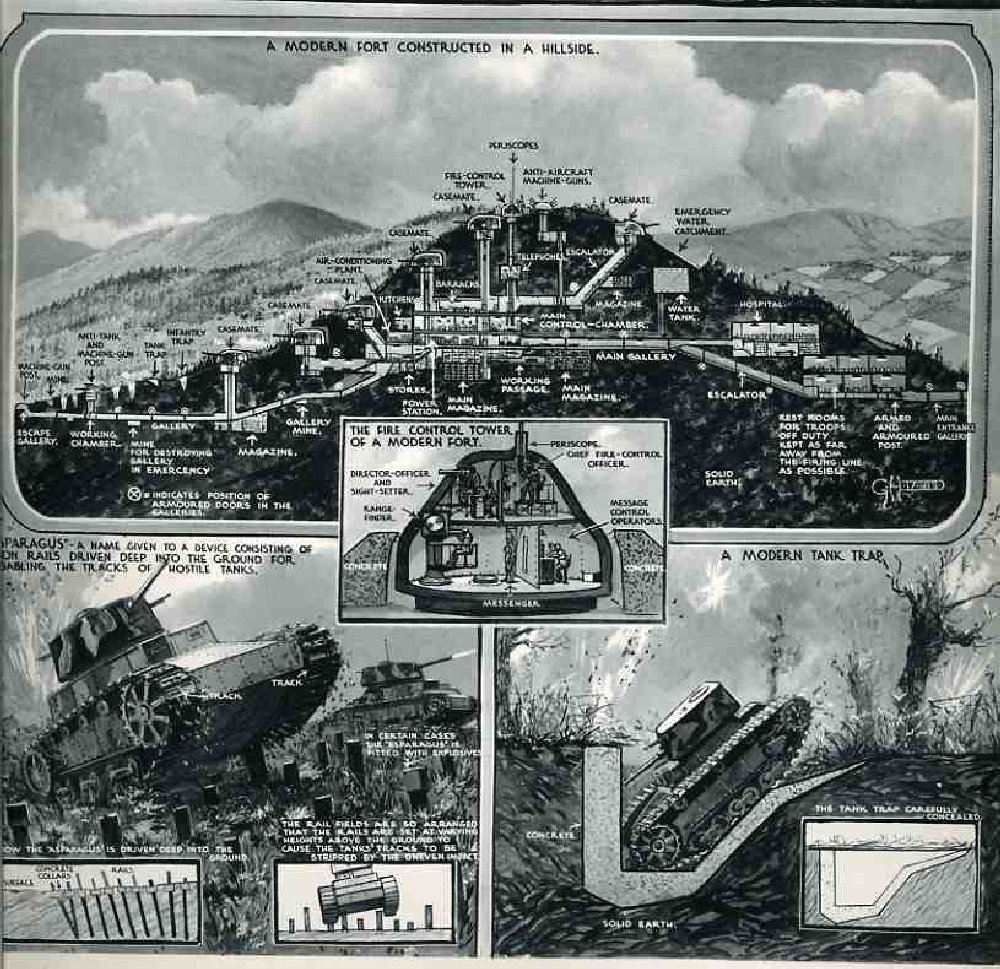
Conception
There are multiple and different reasons that have conducted to the edification of this line of fortification:
- Avoid a surprise attack and give the alert
- Repel enemy aggression long enough to permit full conscription of French Army (2 or 3 weeks)
- Balance the empty conscription classes of 1914 to 1918 and be operational as soon as 1934
- Save French army forces (France had only 39 million inhabitants while Germany had 70 million)
- Protect Alsace and Lorraine region, reintegrated to France territory in 1918, and their industrial potential.
- Be able to constitute a solid base for a counter attack
- Force the enemy to attack a neutral country (Swiss or Belgium)
Right after the end of the first world war, the French high command began to study a new form of fortification. The famous generals Foch, Petain, Joffre and many others discuss strongly this matter, opposing different conceptions until 1925.
In november 1926, a commission is tasked to propose the plan for the construction of this line of fortification (main principles, technical specifications, finalize the general line location) and present a capital report precisizing:
- 3 fortified regions: Metz, Lauter and Belfort. They will be realized in permanent fortifications.
- Strong positions 30km behind the line in order to give depth to the defensive layout
- A fortification design as modern as possible
In 1927 is created the CORF, the commission that will be really responsible for the construction of the Maginot Line.
In 1929, French minister of war, Painlevé, make approve the final organisation plan for the Maginot Line propose by the CORF. At the end of the year, André MAGINOT became minister. A few days later, he defends the programme before the Parliament. Senators and representatives adopted by a strong majority of 90% the project of this line.
Organisation
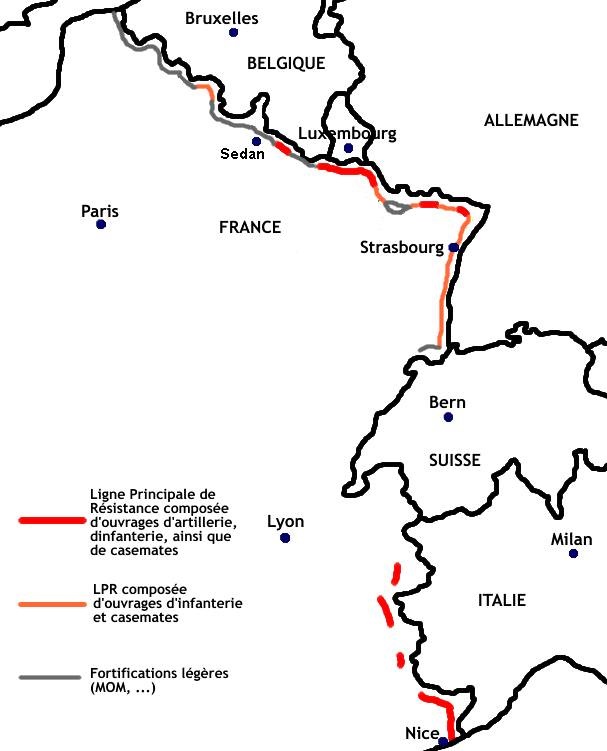
More than just a linear defensive line, Maginot Line has a depth of 25 km from the border to the rear areas. There are alert structures, points of resistance, line of combat bunkers and forts and combat service support infrastructures in the rear area.
From the border to the rear, we find successively:
- The border posts: These bunkers are often concealed in inoffensive houses. Their objectives are to give the alert to the principal line in case of blitz attack, to close the antitank roadblocks and to manage to delay the enemy progression by explosive destructions.
- A line of strong points and outposts, approximately 5km behind the border. These have to oppose a resistance against the enemy long enough to permit the principal line of defense to be ready for battle.
- The principal line of resistance, 10km away from the border, is the main line of fortification. It is preceded by a continual line of antitank and antipersonnel obstacle. We can find infantry bunkers, infantry forts and heavy artillery forts. There are also top hill observatories for infantry and artillery fire control and shelters for support infantry. Finally, some rivers and thalwegs are transformed to be flooded.
- Behind this line are located the barracks (for the crews of the forts and bunker), the ammunition depots, the engineer equipment and the heavy artillery positions.
Construction work
1930 : Start of the construction of the simple fortifications (bunkers, shelters). Studies and research for bigger forts.
1931 : Construction of underground parts of artillery and infantry forts.
1932 : Construction of the forts surface concrete blocks, start of production of equipments (weapons, steel bell-like,…)
1933 : Completion of the main part works and beginning of the implementation of armaments.
1934 : Internal equipment of the fortifications (electric installations, elevators, ventilation, transmissions), construction of camps and barracks.
1935 : Pursuit of the internal installations, the outside layouts (antitank and antipersonnel obstacles), extension of the Maginot line.
1936 : Achievement of internal and external installations. Continuation of the extension.
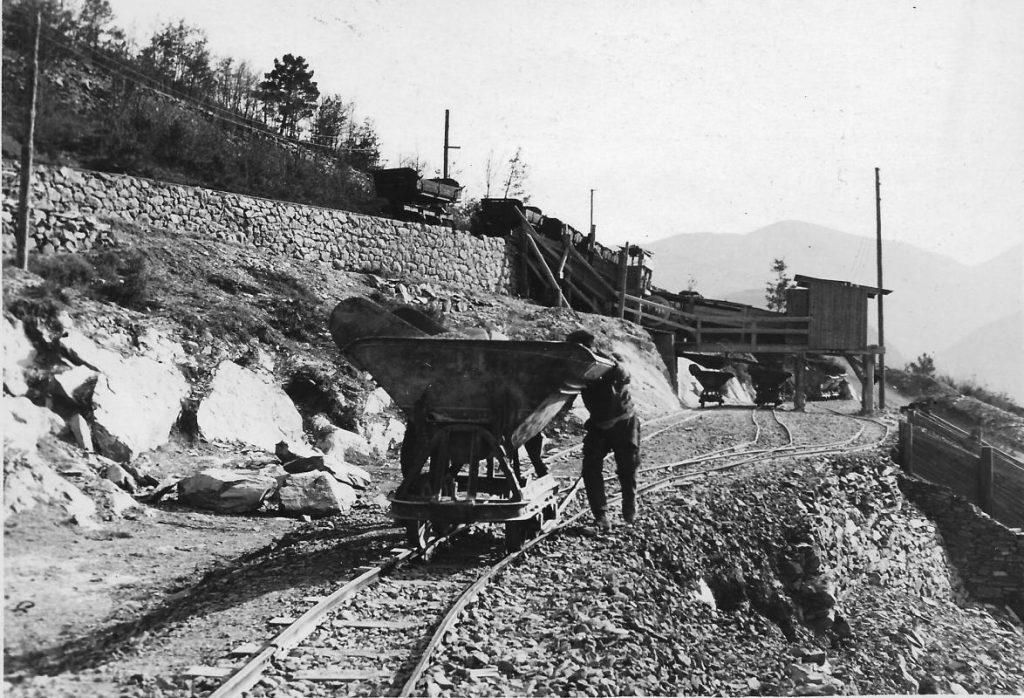
In 1936, the “French wall” is mostly achieved. Nonetheless, many small fortifications will continue to be built until 1940.
In 1934, the political situation will entail an extension of the Maginot Line to protect the Sarrois plateau, the bridgehead of Montmédy and the Maubeuge region facing Belgium. This extension will be mostly without artillery forts.
From 1935, military commanders receive the order to build bunkers and other fortifications to try to cover all the border. These constructions are of diverse type and specification, and their overall quality is much below the CORF standard of fortifications.
In 1940, large gap spaces like French border with Belgium, still lack of real defensive positions and are only fortified with small bunkers, built by soldiers and without real defensive power. During Battle of France, the Wehrmacht did not miss to exploit all these weaknesses.
But every time they tried to break through an area protected by strong artillery forts, they suffered heavy casualties and were repelled back, like at Rieffel bunker. Indeed, the bunkers of Oberroedern were supported by the 75mm turrets of the Schoenenbourg fort.
The armistice happened on 25 june 1940. The main part of the Maginot Line (22 000 soldiers) is still holding and repelling enemy aggression. The crews of the forts accept to surrender only on high command order, on 1st of July 1940.
Links
Wikimaginot: http://wikimaginot.eu/visu.php?id=10922
Schoenenbourg fort page on Maginot Line: http://www.lignemaginot.com/accueil/indexen.htm
